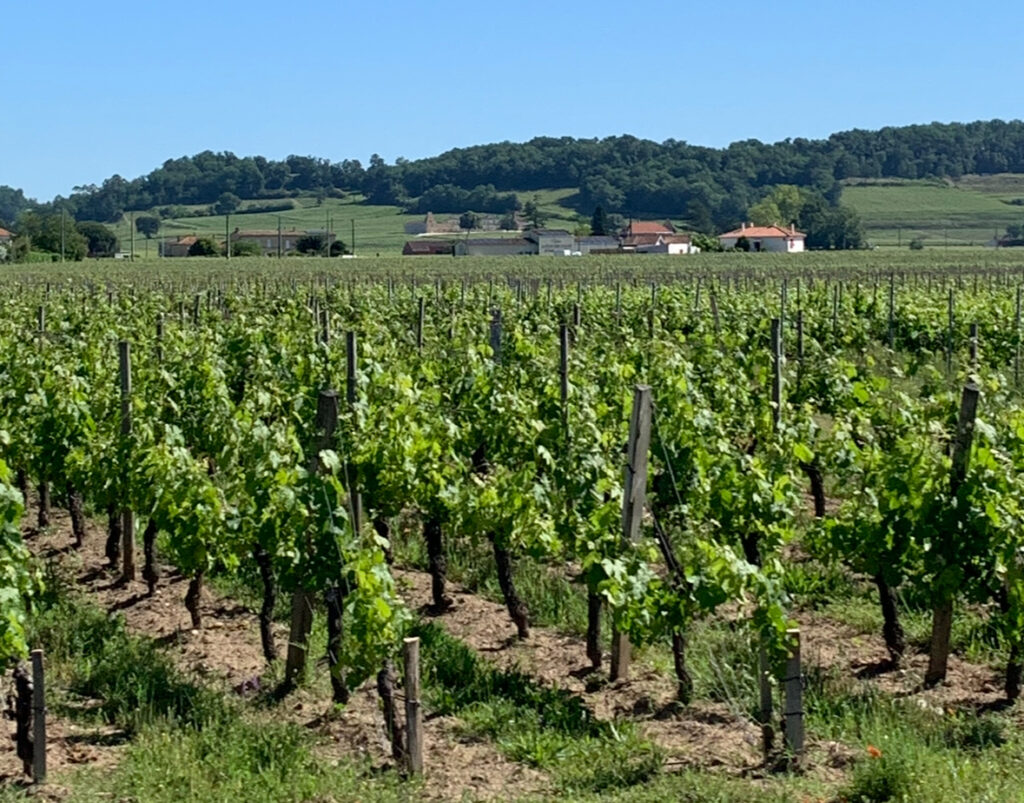The pilot case of AgriDataValue about anti-frost control, in Saint Emilion (France), aims to deal with early prediction of frost, along with automated remote mitigation (via precision watering) may result in significant improvement in fruits (especially in vineyards) quantity and quality.
In the article “Post-Spring Frost Canopy Recovery, Vine Balance, and Fruit Composition in cv. Barbera Grapevines” published by the Australian Journal of Grape and Wine Research (open access) it is stated that spring frost is one of the most dramatic events that might occur in a vineyard, as freezing temperatures ≤ −1.5°C are known to cause severe injuries to swelling buds and developing shoots. The release from endodormancy encompasses a quick rehydration of buds and young green tissues moving from a water concentration of approximately 40% to > 80%. Consequently, tissue tolerance to low temperatures decreases, since cytoplasmic freezing temperature depends on the concentration of solutes, which get diluted by progressive rehydration. In such context, the occurrence of “false springs” due to warming trends accelerates and advances budburst and early shoot development, causing a likely increase in grapevine susceptibility to spring frost. Many wine regions in France, Germany, and Italy have experienced drastic yield losses between 2016 and 2021 due to spring frost occurrence.
The impact of spring frost on vineyards and the subsequent challenges faced by wine regions in Europe is significant. The AgriDataValue project aims to enhance crop resilience and improve the overall production. The pilot case in Saint Emilion, focusing on early prediction and automated remote mitigation, presents a promising avenue for improving both the quantity and quality of fruits, particularly in vineyards.


